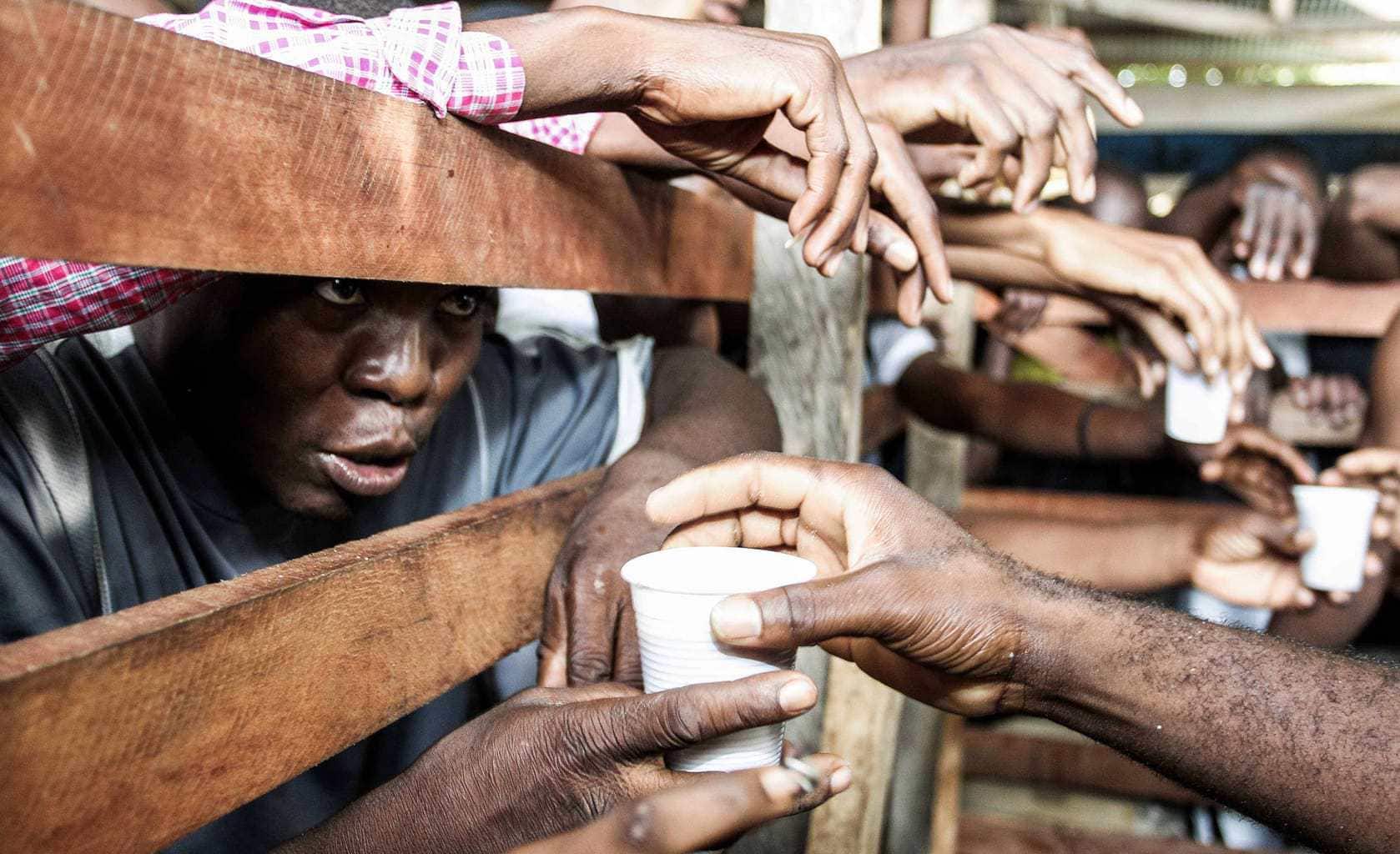It could be said that almost any photograph is documentary, since it is documenting a moment, an instant, an era... However, what concerns us today is documentary photography in the strict sense.
This type of photography consists of recording reality, not just capturing wonderful moments, conveying a feeling or simply making an image with a merely aesthetic sense.
It usually has the purpose of generating social awareness and although it is sometimes confused with photojournalism, it is not exactly the same, despite the fact that on many occasions they mutually feed each other.
Photojournalism focuses more on the news, currently relevant, while the objective of the documentary image is to portray a reality, a context and some characters who live that reality, regardless of whether or not they are news at that time.
Perhaps you have never been interested in this topic, or you have simply never stopped to think about it, due to ignorance or because you have been presented with other, more attractive topics to which you should devote your attention, but it has awakened the bug even a little bit. , keep reading to delve deeper into the subject and read some tips and keys to work with this photographic genre . And to know all the photographic disciplines do not miss this guide .
DOCUMENTARY PHOTOGRAPHY: SOME IMPORTANT KEYS
A documentary photo is a photo that explains itself, with a single shot it has to deliver an emotional blow and for this reason, on many occasions the images can be very raw.
The limit is perhaps in each one of the people who are placed behind the camera, deciding what they want and what they don't want to show. Some photographers agree that the limit lies in the dignity of the person being photographed. A good point to ponder, don't you think?
Documentary photography is closer to aesthetics than Photojournalism, the latter seeks novelty, news, the scoop, however, the documentary image not only seeks to show reality, the photographer seeks an aesthetic result (not so much artistic ).
If you want to dedicate yourself to this genre, you must know that the most important thing is that you are interested in the subject you are going to work with, that it worries you and that you are not indifferent.
For that reason you will not be able to be totally objective, but that does not mean that you are not fair with reality and that what you reflect fits as much as possible to that reality with the greatest possible truthfulness.
TIPS FOR MAKING DOCUMENTARY PHOTOGRAPHY
- It tells a story, narrates what is happening through a series of photographs. If there are several issues that are happening at the moment, focus on one of them and tell the world about it. Remember that you must try to answer these questions with your image: what?, who?, where?, when?, how? and because?
- It is important to have good reflexes and a good mastery of the camera in order to be as fast as possible and not miss anything.
- Research on the subject beforehand and it will help you anticipate action. You can even go with a pre-list of the kind of photos you need to show what's going on.
- It can be a good time to break the photographic rules (although you must first know them to break them with sense).
- Observe everything that happens around you, keep your eyes peeled because even small details can be very important to tell your story.
- Create a common thread from one photograph to another within your series, in this way, your story will be better narrated and it will be better understood.
- Do not interfere in the scene. Try to stay as quiet and discreet as possible so as not to influence, to do this find a comfortable place, but close and shoot in the eyes, at the heart of the scene.
- Shoot from different angles whenever possible.
- Take your time, documentary photography cannot be done in a hurry.
- Respect the environment and never photograph something you really don't want to show.
- Work without flash whenever you can (so as not to be intrusive).
- If the lighting conditions are more or less constant, you can work in manual and focus on shooting instead of constantly adjusting the parameters or you will miss part of your story. Otherwise, use the speed priority mode, selecting the one that allows you not to move.
- Title the photos. Although we have said before that a photograph should explain itself, a title can help to establish a correct perspective of what is happening in the image. Of course, without telling everything, it is the image that must narrate it.
- Read this post , it will be useful to know your rights and obligations as a photographer.
- And as always, love what you do, so your work will be "greater".
RECOMMENDED OBJECTIVES
The most recommended lenses for this genre are:
- Wide angle: to capture the whole scene.
- Telezoom: if you have to stay away because of some danger.
- Fixed lens: If you can get closer than best, a 35mm/ 50mm is ideal.
EDITING A DOCUMENTARY IMAGE
The first phase of the edition consists of the selection. I am convinced that you will take hundreds of photos, if not thousands, but you will not need all of them to show what you want. Select a few that are the ones that will tell the story.
If you have become emotionally invested in the subject to the point of not being able to make a selection, wait some time and take a break, this will help you to be more objective.
The second part of the edition is much more complicated since a great debate is opened: edition, yes or no? Many are those who agree that these types of photographs allow retouching of brightness, light, color (going to black and white is already editing)..., but what should not be admitted under any circumstances is manipulation.
There have been many cases in which photography has been manipulated, thus losing all its meaning, since it is no longer reflecting reality, but a fiction invented by the photographer.
REFERENTS: IMPORTANT PHOTOGRAPHERS OF DOCUMENTARY PHOTOGRAPHY
In all genres of photography, looking at the work of others is helpful, but I would venture to say that in this case it is even more important. Some of the references in documentary photography are: Sebastião Salgado, José Ferreira, Susan Meiselas, W. Eugene Smith, Eugène Atget, Henri Cartier-Bresson or Robert Frank. These are just a few, I invite you to browse the net a bit and visit their impressive works to learn from them.
EXAMPLES OF DOCUMENTARY PHOTOGRAPHY
Below I present a gallery with some documentary photographs and two links to video galleries of two documentary photographers.
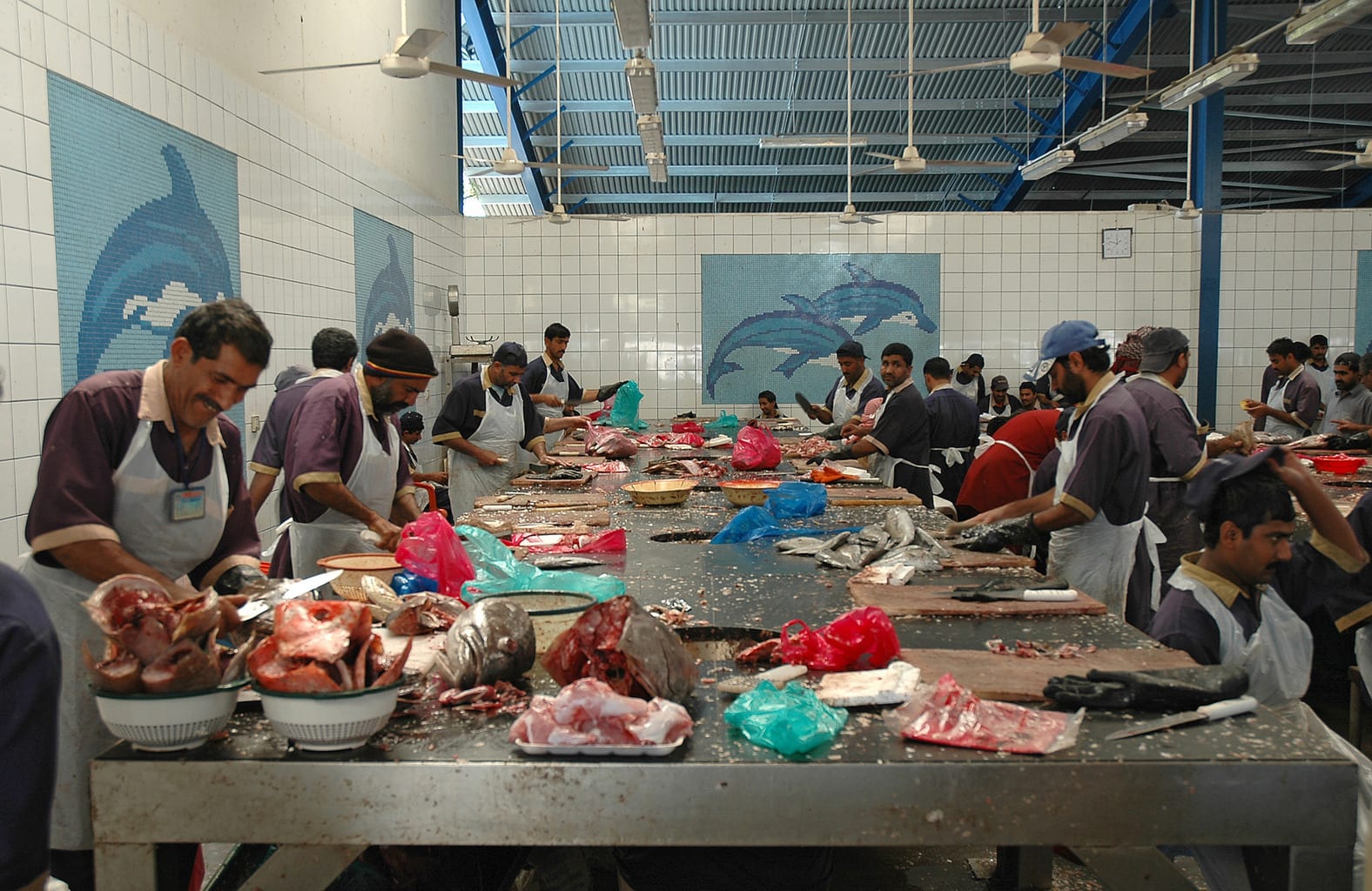
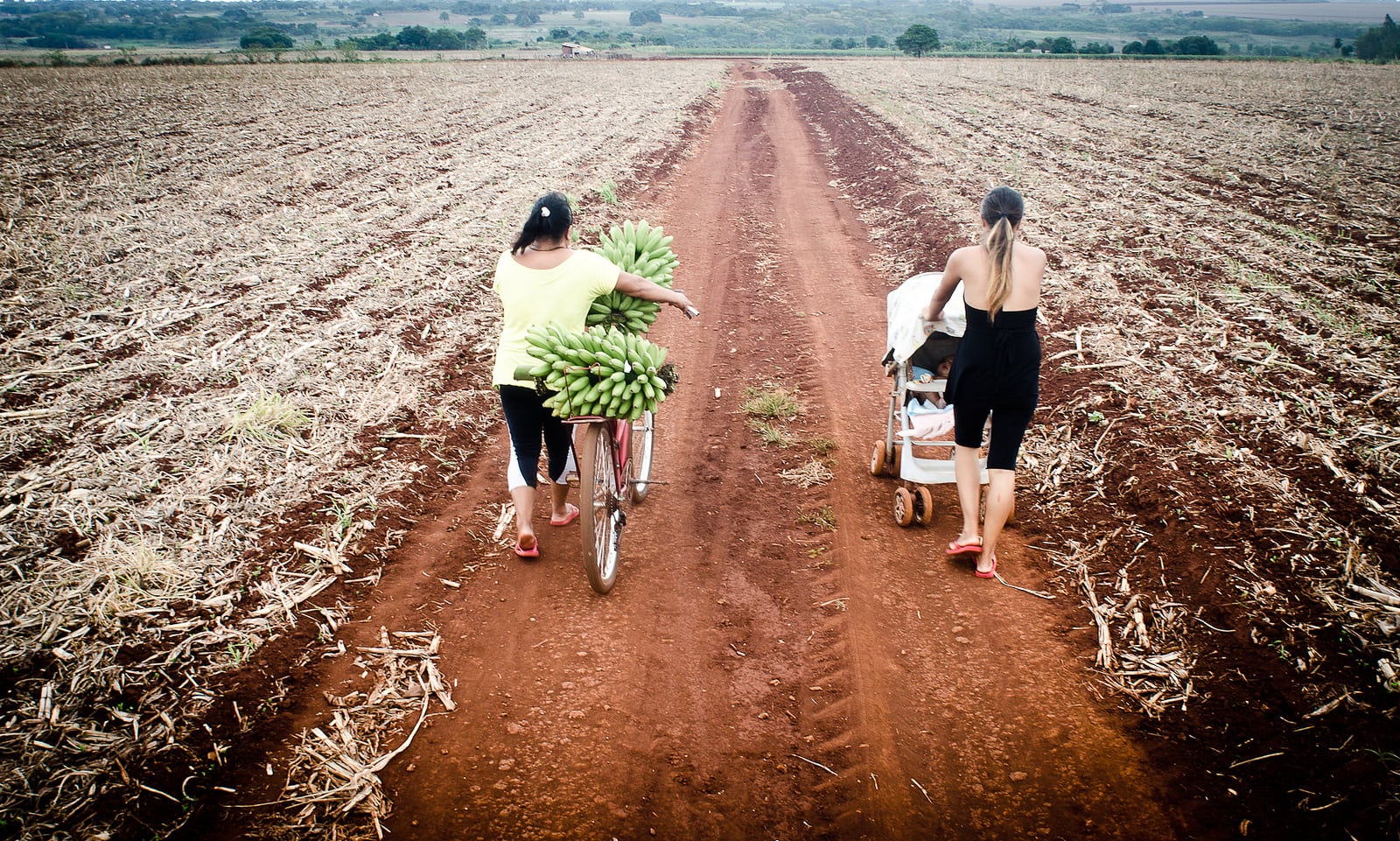
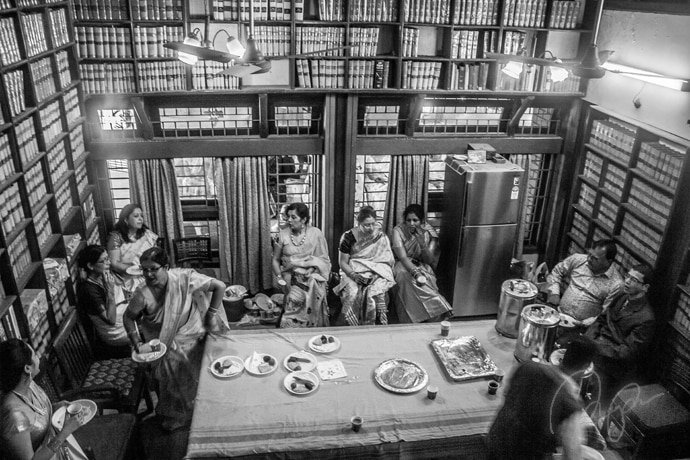
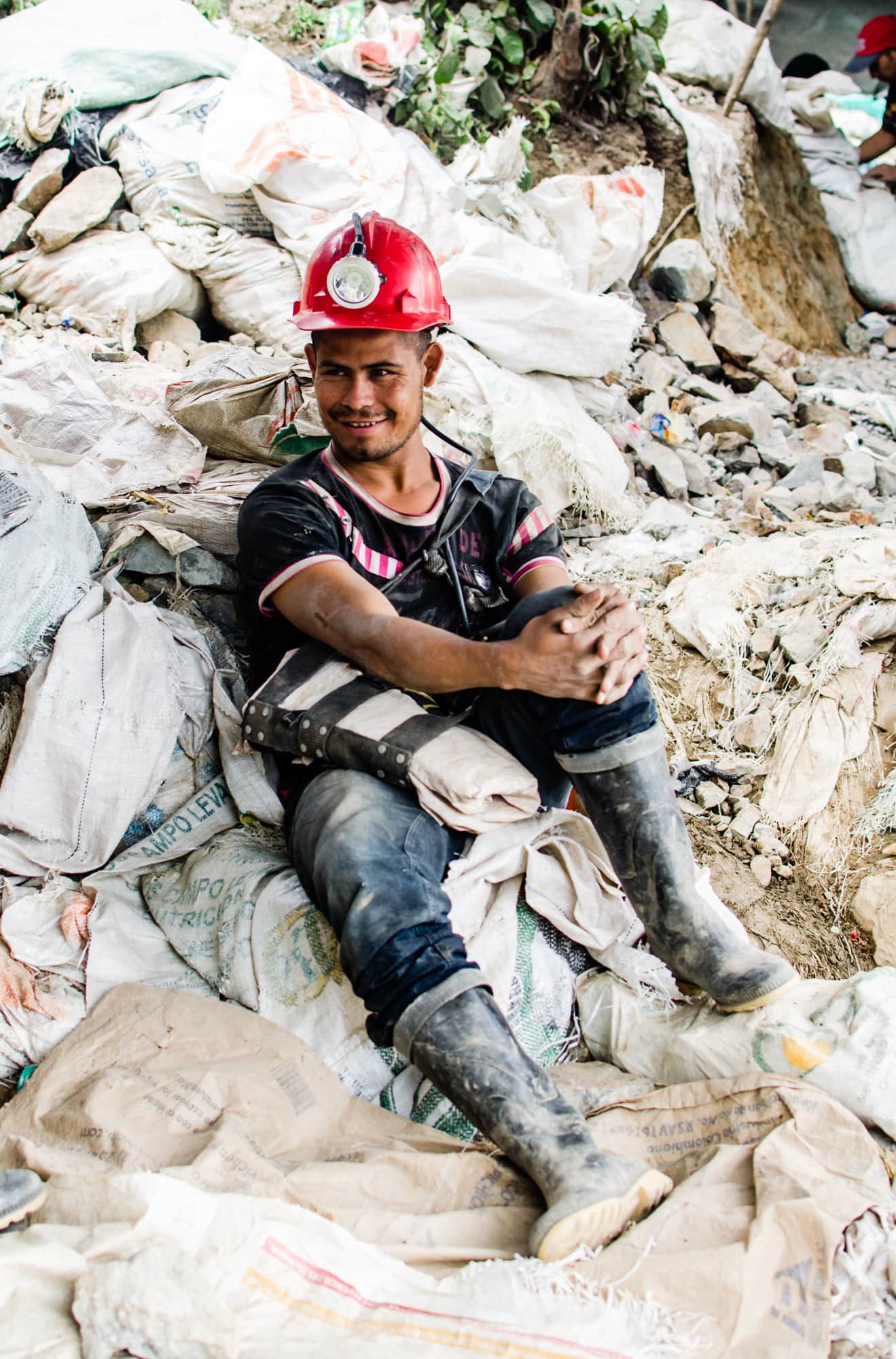
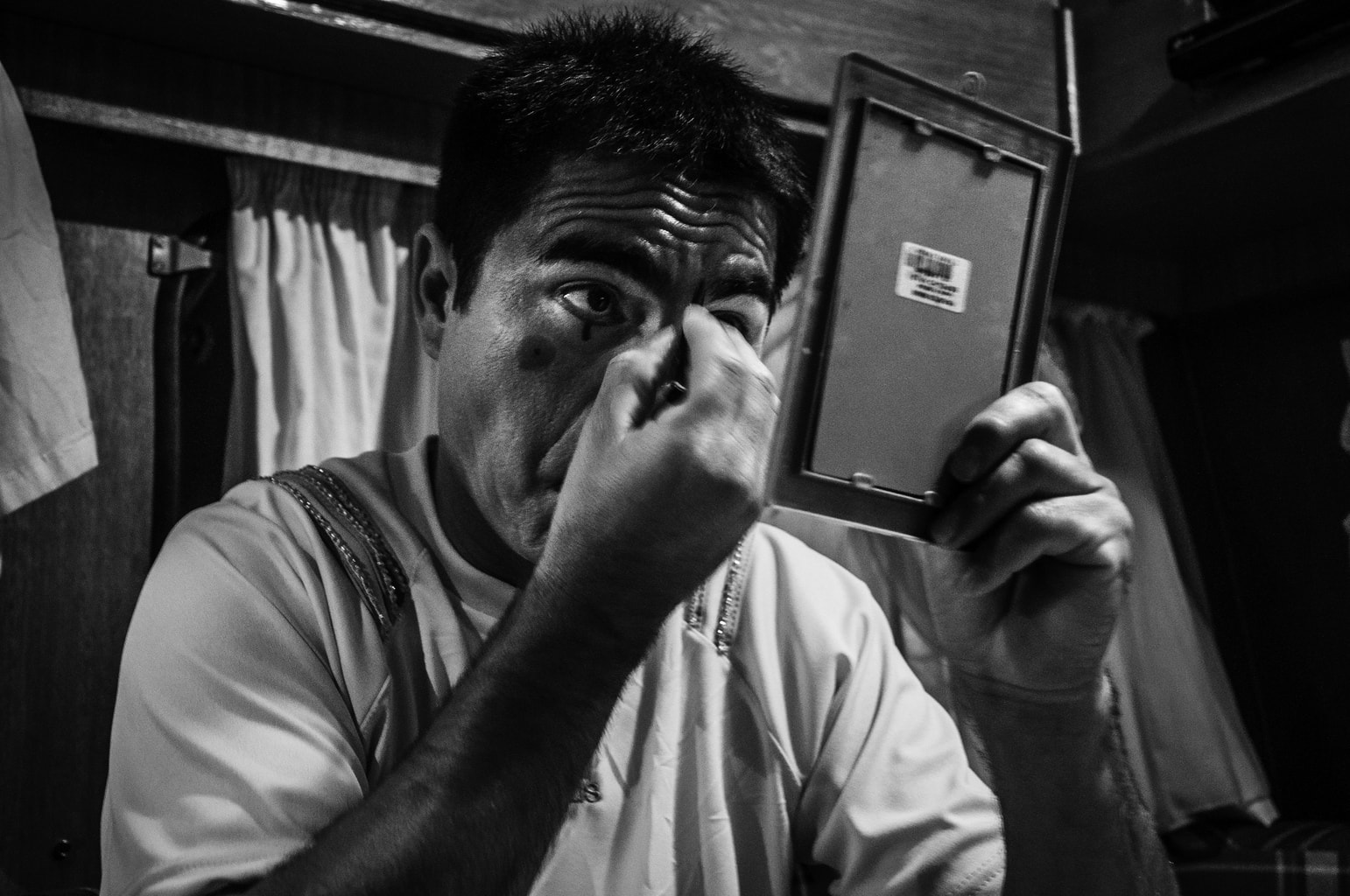
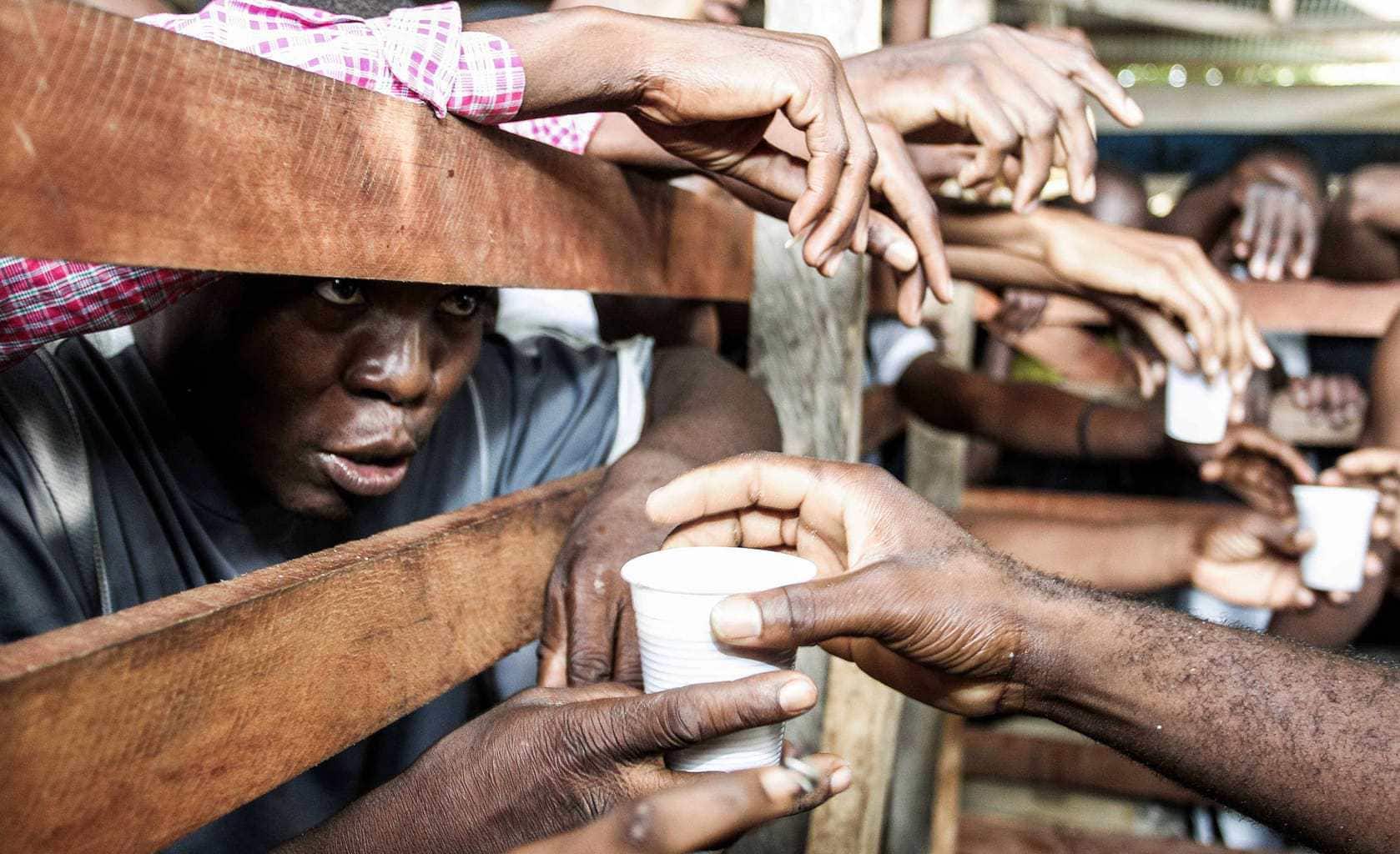
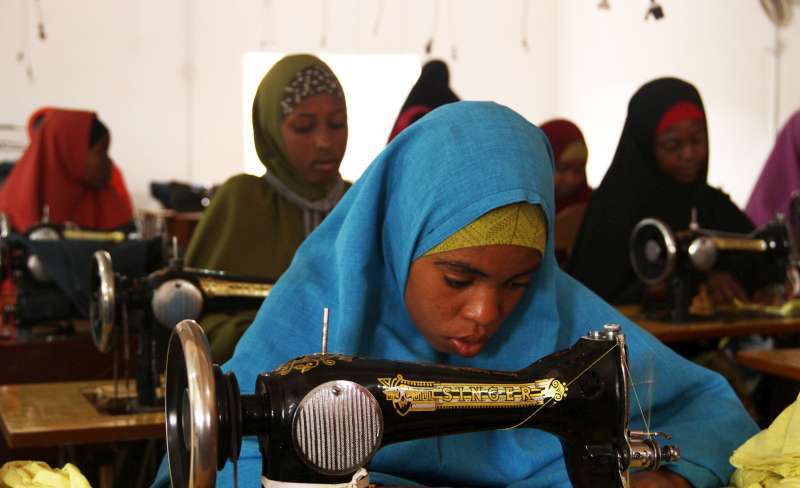
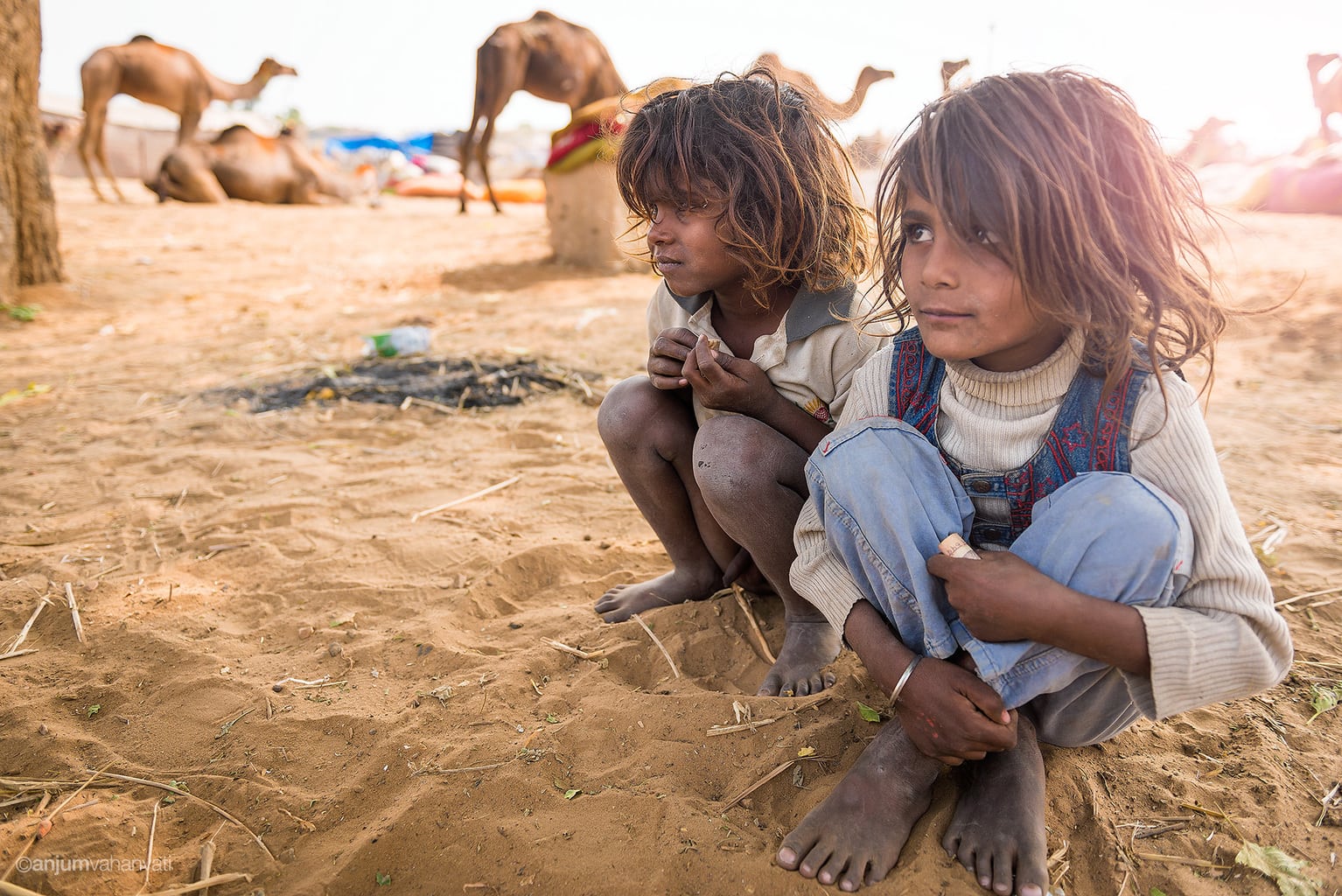
I hope you found this post interesting and it opens a new door for you in the world of photography.
You don't need to travel to an African tribe, a refugee camp or a city that has suffered a natural disaster a year later to document how they are coping with the consequences of the disaster.
Start with your neighborhood or your city, surely there is a topic that you want to share, denounce or immortalize for posterity.

